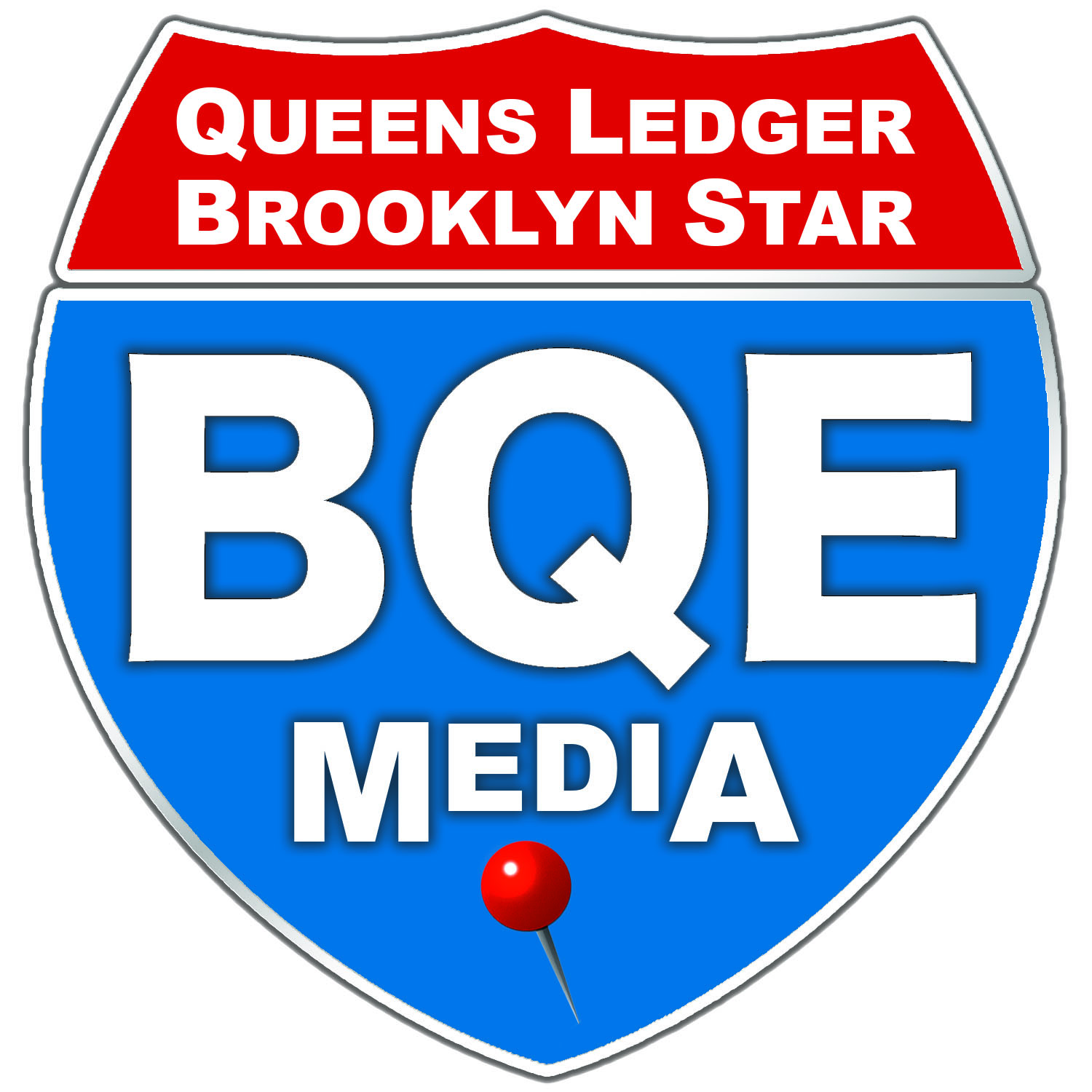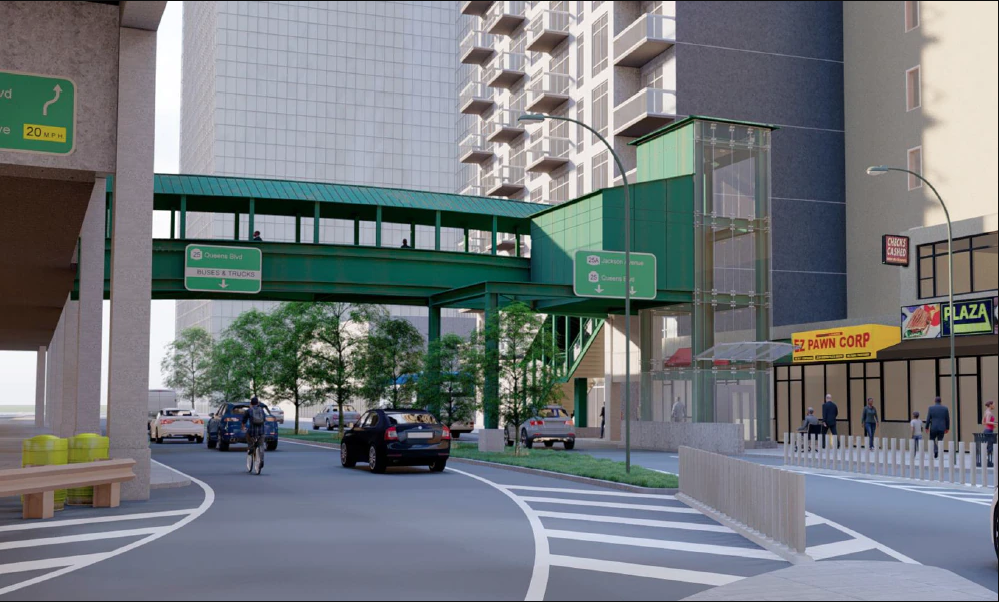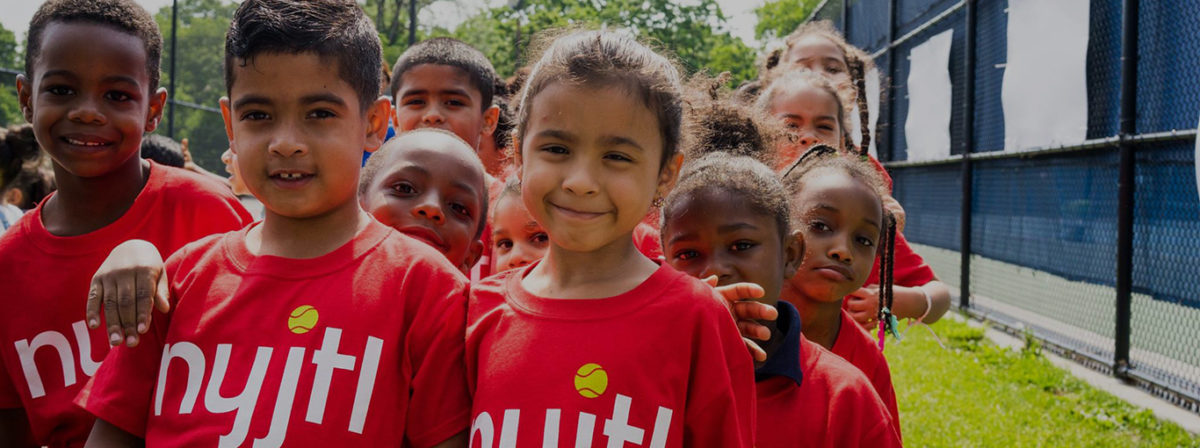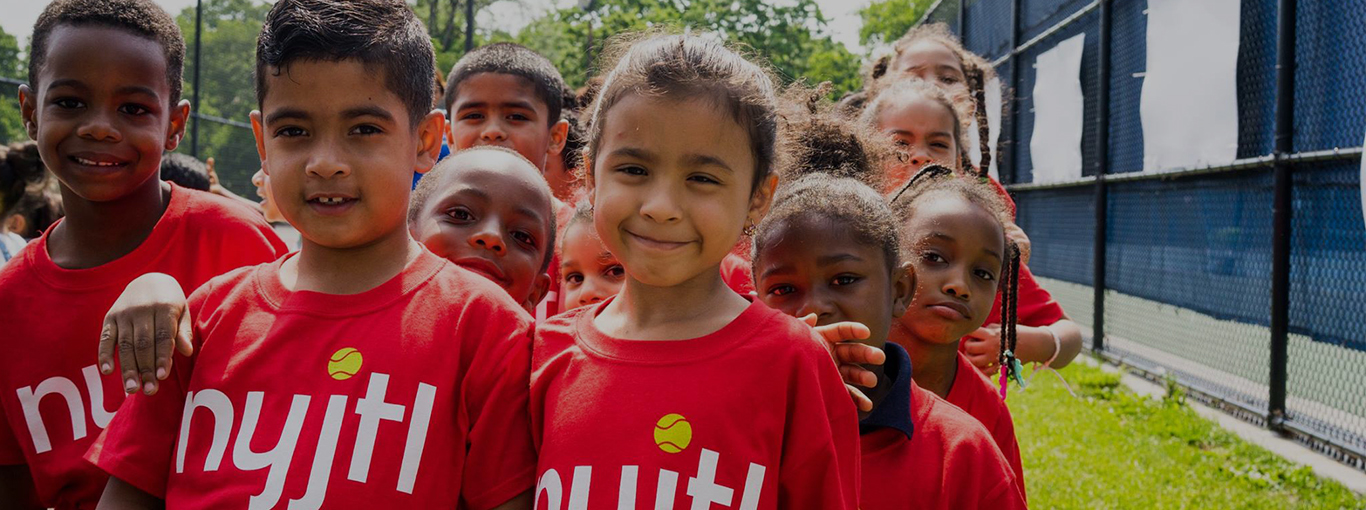Six weekends of 7 line closures into Queensboro Plaza
7 line suspended between 34th St.-Hudson Yards and Queensboro Plaza on select weekends beginning in February
By Alicia Venter
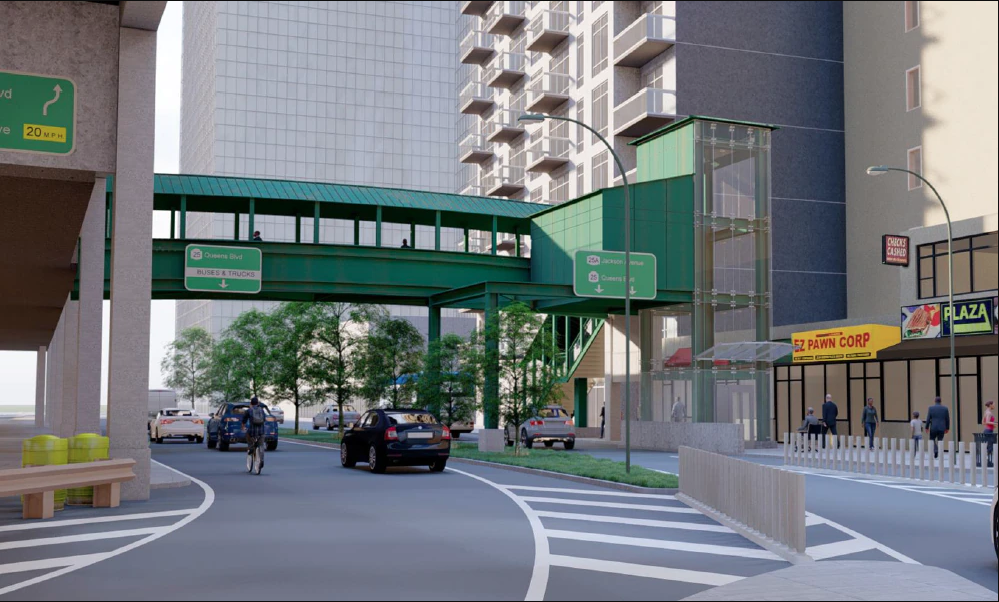
Queensboro Plaza South Side Rendering. Photo: MTA
Seven train line service will be suspended between 34th St.-Hudson Yards and Queensboro Plaza for six weeks, with the first of these closures beginning Saturday, Feb. 4.
During these weekends, the MTA will be constructing two elevators at Queensboro Plaza in an effort to make the station fully accessible.
The service change for the first weekend is scheduled to be in effect from 12:15 a.m. on Saturday, Feb. 4 until 5:00 a.m. on Monday, Feb. 6.
The following weekends will have service changes beginning at 3:45 a.m. on Saturday to 10:00 p.m. on Sunday:
- Feb. 11 – Feb. 12
- Feb. 25 – Feb. 26
- Mar. 11 – Mar. 12
- Mar. 25 – Mar. 26
- Apr. 22 – Apr. 23
Free shuttle buses will be provided between Queensboro Plaza and Vernon Blvd – Jackson Av, as well as between Times Square and 34 St-Hudson Yards.
Construction at Queensboro Plaza includes an elevator at the southern entrance of the station and an elevator between the mezzanine and the two platforms.
The mezzanine is expected to receive new lighting and be expanded by approximately 50 square feet. There will also be updates to the pedestrian bridge.
To make the station fully accessible, the project will consist of new boarding areas compliant with the Americans with Disabilities Act (ADA) with new platform edges and upgrades to existing street and station stairs to current ADA standards.
“The improvements coming to Queensboro Plaza will greatly benefit tens of thousands of riders,” said NYC Transit President Richard Davey in a statement. “Accessibility is such an integral part of mass transit, especially for a city like New York where mass transit is essential for many. When complete, the project will provide critical accessibility upgrades, security updates, and customer experience improvements throughout the station.”
The MTA describes the planned work on Queensboro Plaza as a “complex construction project” in a press release due to the rapidly growing, densely populated neighborhood.
According to the MTA, Queensboro Plaza served approximately 70,000 rides on average every weekday in November 2022, and work will be required over the 11-lane wide approach to the Ed Koch Queensboro Bridge, including two bike lanes.
“Building in dense urban environments, with infrastructure that dates back more than 100 years, is complex and challenging,” said MTA Construction and Development President Jamie Torres-Springer in the press release. “But making our system accessible is essential and so we are finding creative ways to meet that challenge. Queensboro Plaza is a perfect example, taking advantage of private investment to maximize the benefit for riders while minimizing cost to the MTA.”
The project for building an accessible entrance on the south side of Queensboro Plaza is expected to be completed by mid-2024, and is budgeted for $74 million. There will also be upgrades made to the fire alarm system, installation of a new security camera system, a new public address system and digital information screens.
The north side’s entrance is also set to become an accessible entrance, done so through the Zoning for Accessibility (ZFA) program. This entrance is anticipated to be completed by 2025, and will be financed by the developer of 25-01 Queens Plaza North under the ZFA transit improvement bonus program. This is expected to save the MTA millions of dollars in construction and maintenance costs.
ZFA enables developers, in exchange for an increase in their building’s density, to improve access to public transit in the busiest areas of the city. To learn more about the program, visit https://new.mta.info/accessibility/zoning-for-accessibility.
The MTA also announced that there will be weekend service changes on the N line in May.
Additional weekend service changes are expected throughout the year and in 2024.
